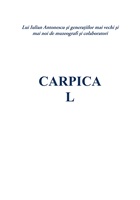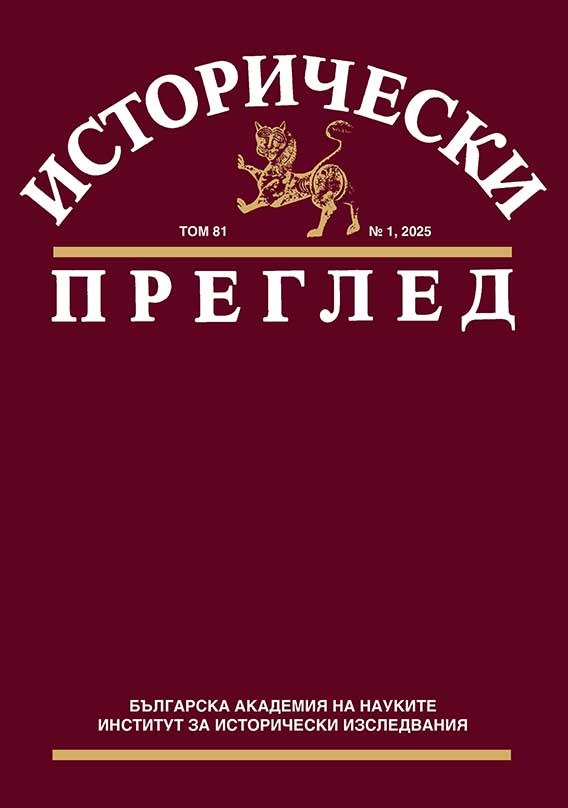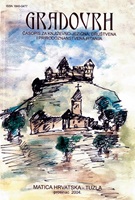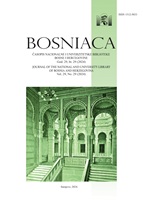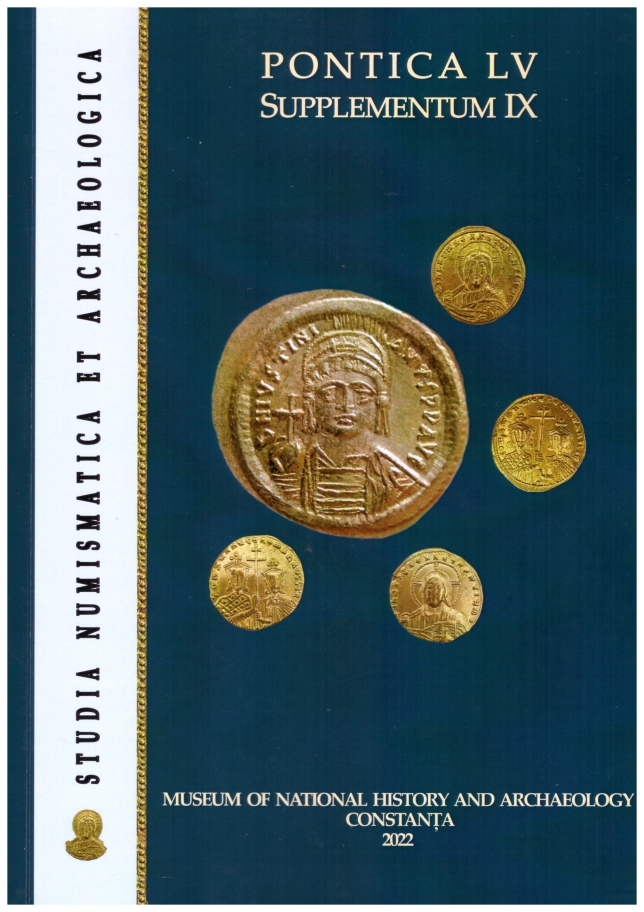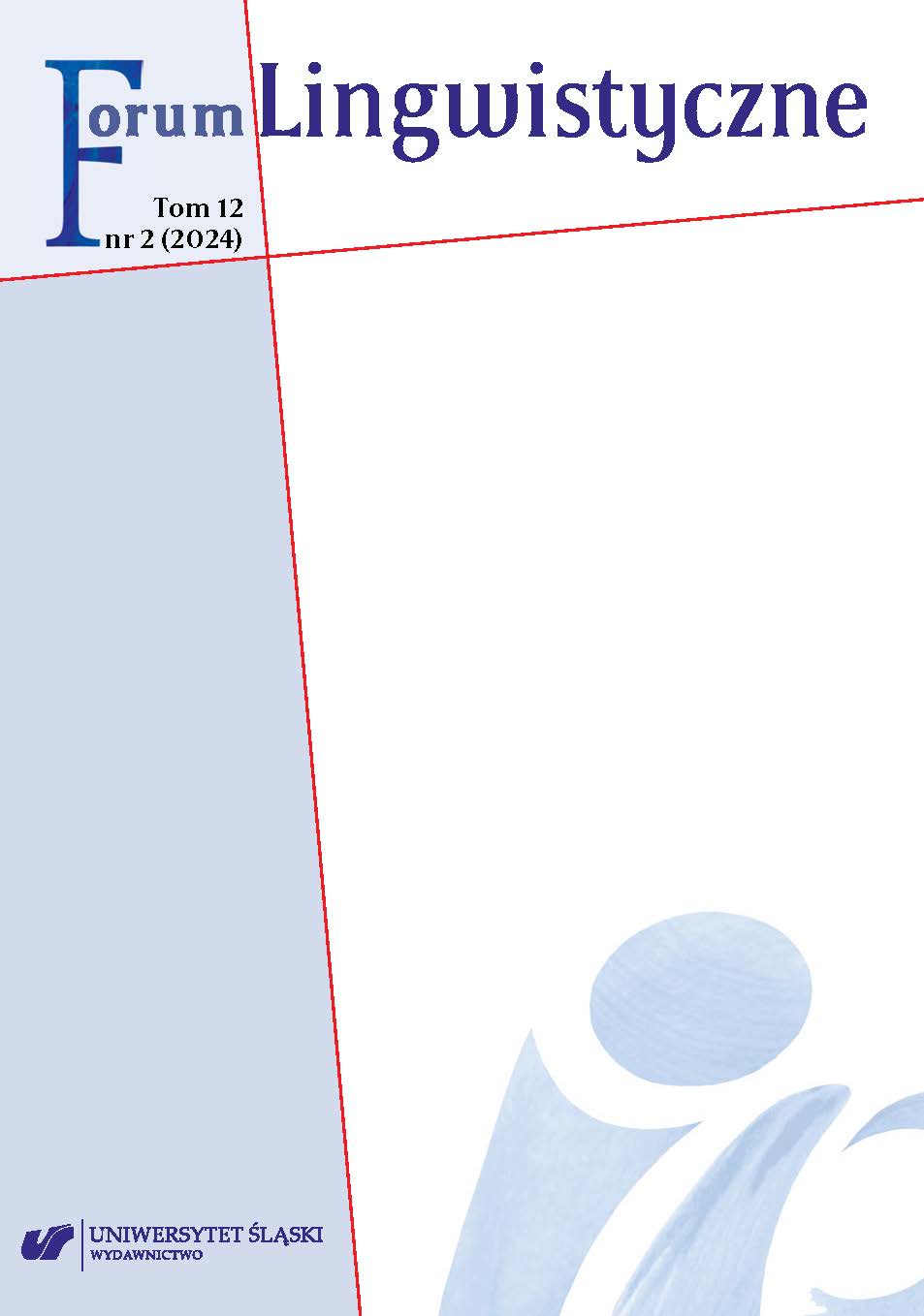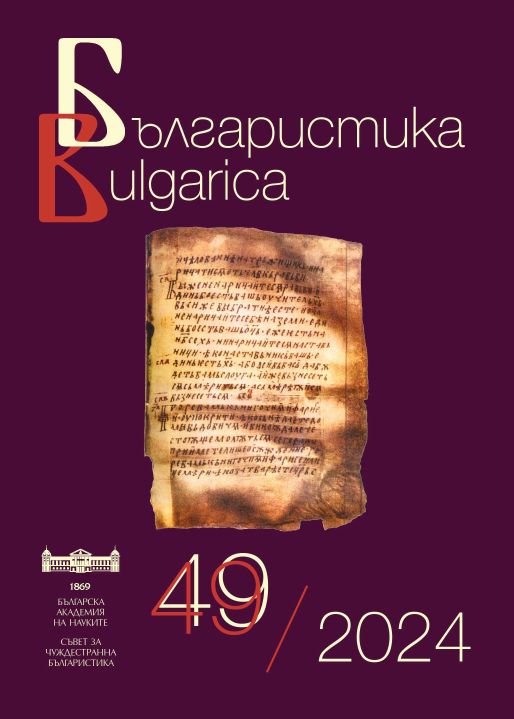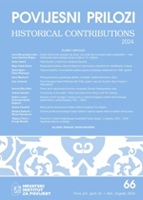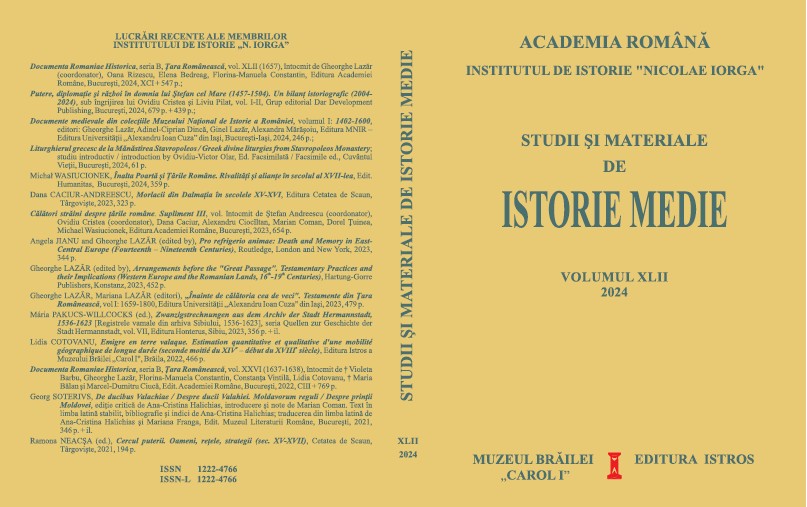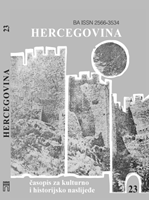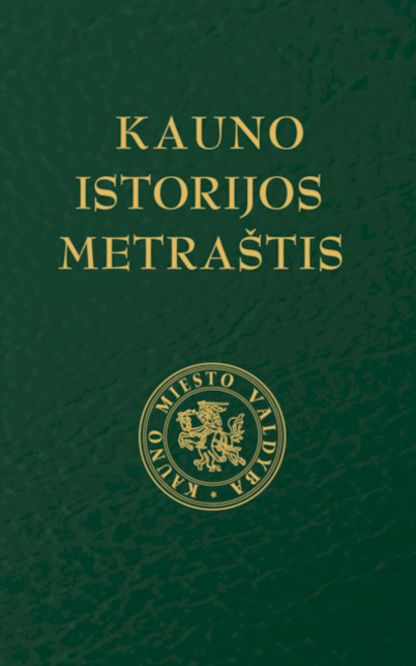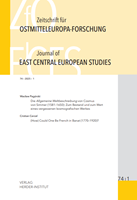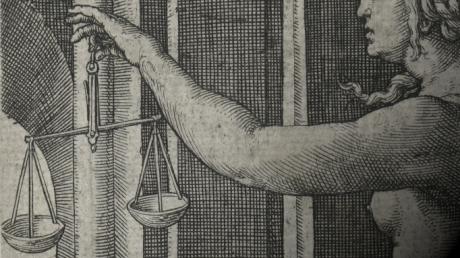
Criminality: Terminology and Interpretation (An Introduction)
This issue examines some theoretical questions and concerns related to the study of criminality in the past. The categories and boundaries of what is considered criminal depend on circumstances determined by both power and religion. An act was not considered a crime until generally recognized as such, or made illegal by those with the power or authority to do so. Each era and society maintained its own scale and hierarchy of crimes. Some forms of behaviour were criminalised, others decriminalised. To understand and correctly interpret criminality of the past on the basis of surviving sources, it is impossible to avoid terminological issues and language usage. How the sources name criminalised behaviour, or whether it is named at all, the terms and descriptions used are indicative not only of the level of legal awareness and standards in judicial practice, but also of the personal attitudes of judges towards the offenders themselves. Just as no strict boundary between private law and criminal law existed for a long time, there was also no clear deviation between crime and sin. In medieval and Early modern periods, judges frequently referenced the Bible and spoke of a breach of the divine or natural laws. The journey from sin to crime was a longer process, beginning as late as the era of the Enlightenment. Based on a qualitative content analysis of historical sources, their language and terminology, the authors here present crime not only as a form of social pathology, but also as an important indicator of changes in society.
More...
